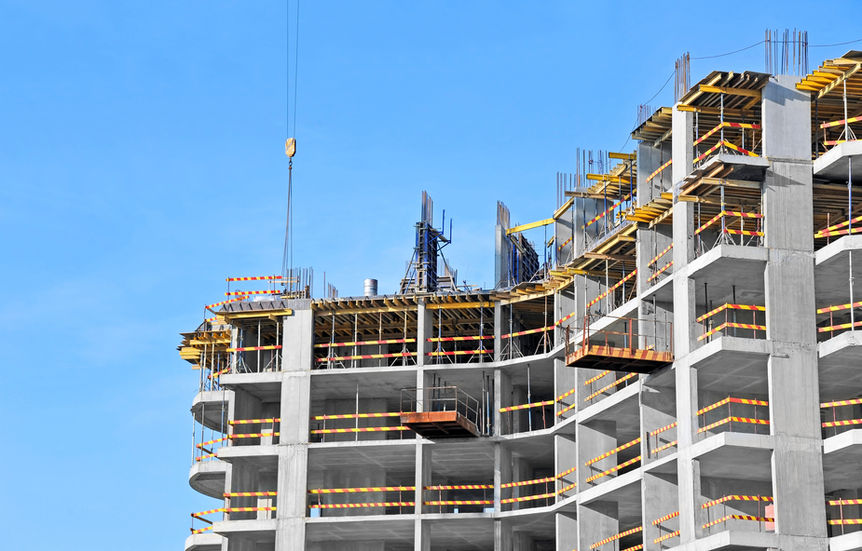For someone who is looking to rent a property, the rental rate is a major factor in choosing the property. Does the rate fit in with his budget? Is it overpriced for its features? Is it a good deal? These are all questions that pop into a renter’s mind when viewing a property.
Consequently, as an investor, coming up with a suitable rental rate for your property is an important decision to get right. You want your final rate to be competitive and attractive to renters and at the same time, you want to receive a good return on investment (ROI) for your property.
Therefore, here are five factors to consider when calculating and determining the rental rate, and how to calculate a rental yield.
Factors determining the rental rate
1. Location
One of the most popular quotes in real estate is the one uttered by Lord Harold Samuel: “There are three things that matter in property: location, location, location”. Location plays a major role in how do you determine the value of a rental property. It has a direct impact on a person’s life and lifestyle of choice.
2. Type of accommodation
This might seem obvious but the type of accommodation also matters. This is especially true if two different types of property are located in the same area. Therefore, in the majority of cases, you can expect a landed house to have a higher rental rate than an apartment in the same location.
One of the reasons for the higher prices is the size factor. A bigger property area usually means a more expensive price. Do also consider if the property has any extra rooms such as an extra toilet or private bath in every room. It may be valuable, and you may get to charge a higher rent.
3. Facilities
There are some exceptions to factor number two (type of accommodation) above. Sometimes, despite its relatively smaller space, a condominium or penthouse can be more expensive than a landed house. This has to do with the extensive features and facilities that they offer. Value-added features such as a gym, swimming pool, grocery store, games room, recreational park, etc. will add to a property’s appeal.
4. Design and furnishing
People generally don’t mind paying more if the property comes fully furnished with an air-conditioner, washing machine, and dryer. It makes life easier for people to move in. The interior design of the property also matters. In fact, studies show that it is more appealing to renters to the extent that it “dilutes” the effect of the property location.
5. Parking space
According to the 2017 Malaysia Auto Consumer Finance Study, the average Malaysian household owns two cars. When you factor in guests who are visiting or sleeping over, then the value of extra car spaces increases exponentially. This is especially true if the property is close to the heart of the city, as parking space is hard to find.
How do you calculate the monthly rent
As an investor, there are two steps to calculating a monthly rent. First, you need to understand the concepts of property rental yield. After that, using a rental yield calculator will help you arrive at the final amount.
However, to make an accurate calculation, you’ll have to be aware of some extra costs. These additional costs have a huge role to play in how to calculate the rental rate on commercial property as well, such as:
Maintenance and repair costs
Property upgrades like a new dishwasher needed
Utilities and supplies (toiletries, towels) for short-term rentals
Property management fees (if any)
Insurance
Agent costs
Tax reporting
What is rental yield
Rental yield measures the income you gain from your rent annually, as a percentage of the total price you paid for the property itself. A rental yield works similarly to a return of investment ratio computation. You are merely breaking even if the rental you gain is only able to pay off the maintenance cost incurred to keep that investment property running. Furthermore, you are making a loss if the rental is even unable to cover the maintenance cost. In both cases, your property is not an income-generating asset.
How is rental yield calculated
The computation of your rental yield can be broken down into gross rental yield and net rental yield:
The percentage return of rental income from the property, excluding the expenses incurred from property maintenance, against the total purchase price of the property.
This takes your property financing into account when calculating the rental yield.
What is a good rental yield for an investment property
Everyone wants to earn a high rental yield. The average rental yield will differ depending on the location, area, and type of property. In Malaysia, a rental yield of around 4-5% is generally accepted as a decent amount.
Here’s a simple example of how to use a rental yield calculator for a property with the following figures:
Purchase price of property inclusive of all related cost = RM500,000
Rental income per month = RM3,000
Annual rental income= RM3,000 X 12 = RM36,000
Total maintenance cost = RM4,500
Following the previous gross rental yield formula:
(Total rental income per annum/purchase price of the property, inclusive of all related cost) X 100)
(RM36,000/RM500,000) X 100 = 7.2%
On the other hand, following the previous net rental yield formula:
(Total rental income per annum – total maintenance cost/purchase price of the property, inclusive of all related cost) X 100
(RM36,000 – RM4,500/RM500,000) X 100 = 6.3%
As we can see from the calculation examples above, both rental yields are above the national average of 4-5%. You can derive your estimated rental rate easily by checking out the average rents of properties in the neighbourhood. You should also take into consideration the five factors we’ve mentioned earlier. A rental yield also allows you to know if the rent you are charging is reasonable, or if it is time to review your rates.
https://www.iproperty.com.my/



















































































![[UPDATED] Real Property Gains Tax (RPGT) Act 2021 in Malaysia](https://static.wixstatic.com/media/42661b067ebe4806a785cab2668ede60.jpg/v1/fill/w_327,h_250,fp_0.50_0.50,q_30,blur_30,enc_avif,quality_auto/42661b067ebe4806a785cab2668ede60.webp)
![[UPDATED] Real Property Gains Tax (RPGT) Act 2021 in Malaysia](https://static.wixstatic.com/media/42661b067ebe4806a785cab2668ede60.jpg/v1/fill/w_326,h_249,fp_0.50_0.50,q_90,enc_avif,quality_auto/42661b067ebe4806a785cab2668ede60.webp)







































































































































Comments